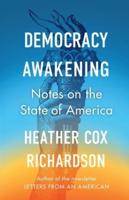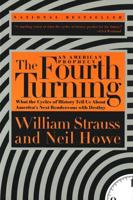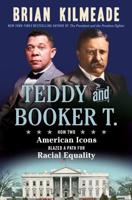Publisher's Synopsis
The "American century" began with the Spanish-American War-which saw the United States seize not only Cuba, but also the Philippines, in its bid for world power. Before the ink on the treaty with Spain had dried, the war in the Philippines turned into a violent rebellion whose tide didn't turn until U.S. forces captured Filipino president and rebel Emilio Aguinaldo. In an elaborate ruse in 1901, U.S. Army legend Frederick "Fighting Fred" Funston orchestrated the capture of Aguinaldo. Capturing Aguinaldo is the story of Funston, his gambit to capture Emilio Aguinaldo, and the United States' conflicted rise to power in the early twentieth century.
The United States' war with Spain in 1898 had been quick and, for the Americans in the Philippines, virtually bloodless. But in early 1899, Filipino nationalists, who had been fighting the Spanish for three years and expected Spain's defeat to produce their independence, struck back against the Americans, beginning a war that soon degenerated into a conflict rife with atrocities on both sides. By March 1901, the U.S. was looking for a bold strike against the nationalists. Brigadier General Frederick Funston, who had earned a Medal of Honor a year earlier, and four other officers posed as prisoners, who were escorted by Filipino soldiers impersonating rebels. After a ninety-mile march, the fake insurgents and their prisoners were welcomed into the enemy's headquarters where, after a brief firefight, they captured President Aguinaldo. The rebellion at last began to collapse.
More than a swashbuckling tale, Capturing Aguinaldo is a character study of Frederick Funston and Emilio Aguinaldo and a look at the United States' rise to global power as it unfolded at ground level. It tells the thrilling but nearly forgotten story of this daring operation and its polarizing aftermath, highlighting themes of U.S. history that have reverberated for more than a century, through World War II to Vietnam and Iraq.








